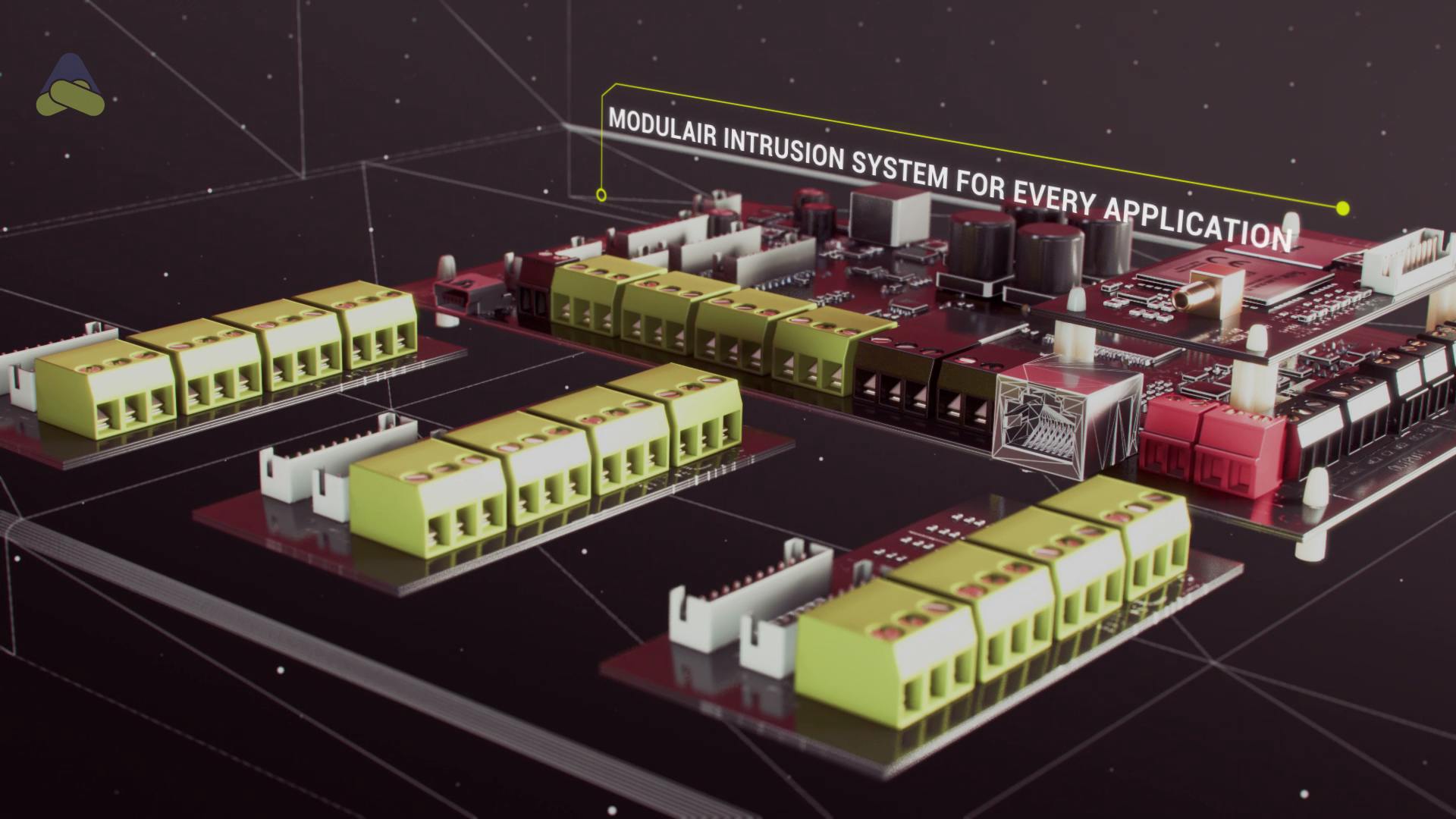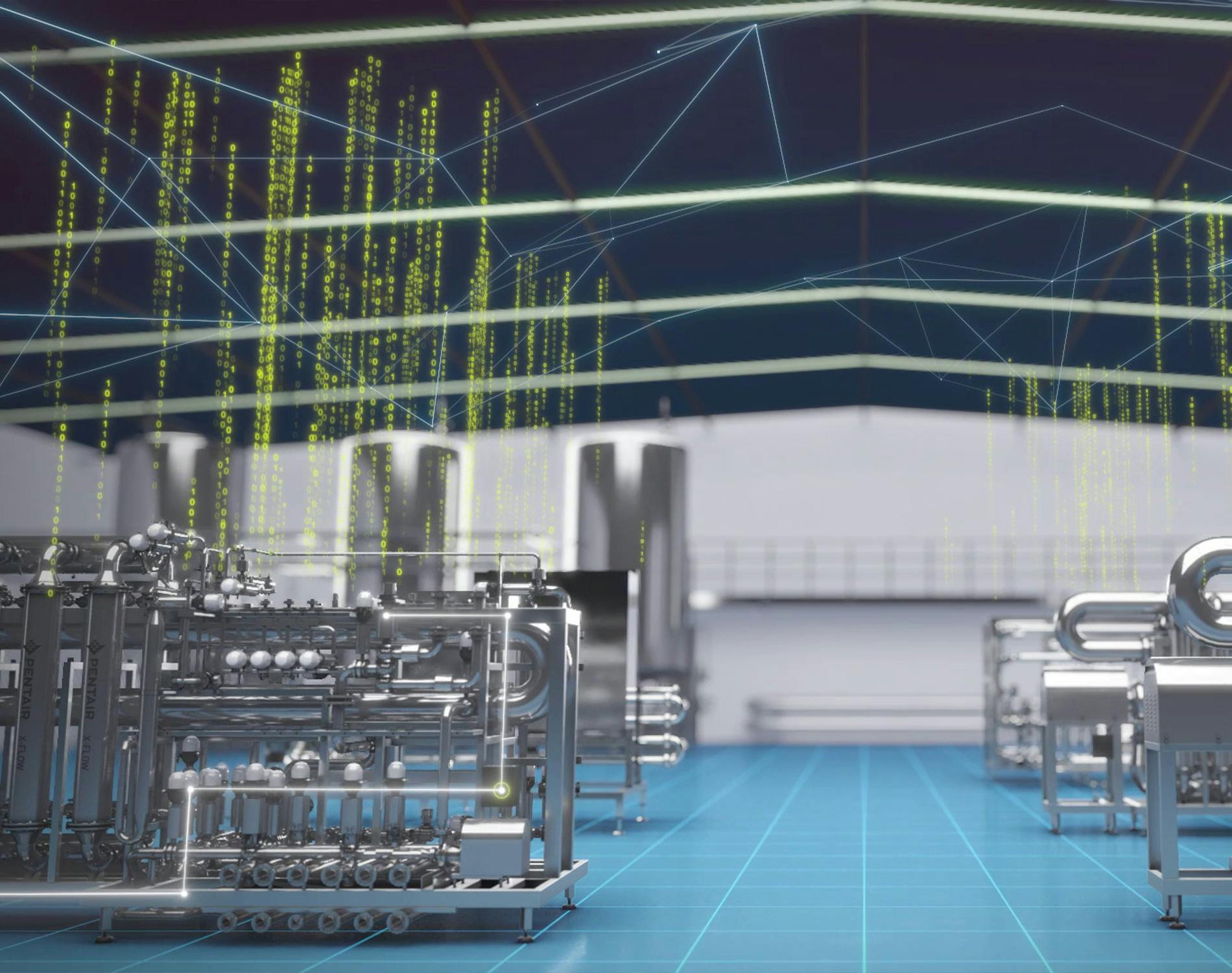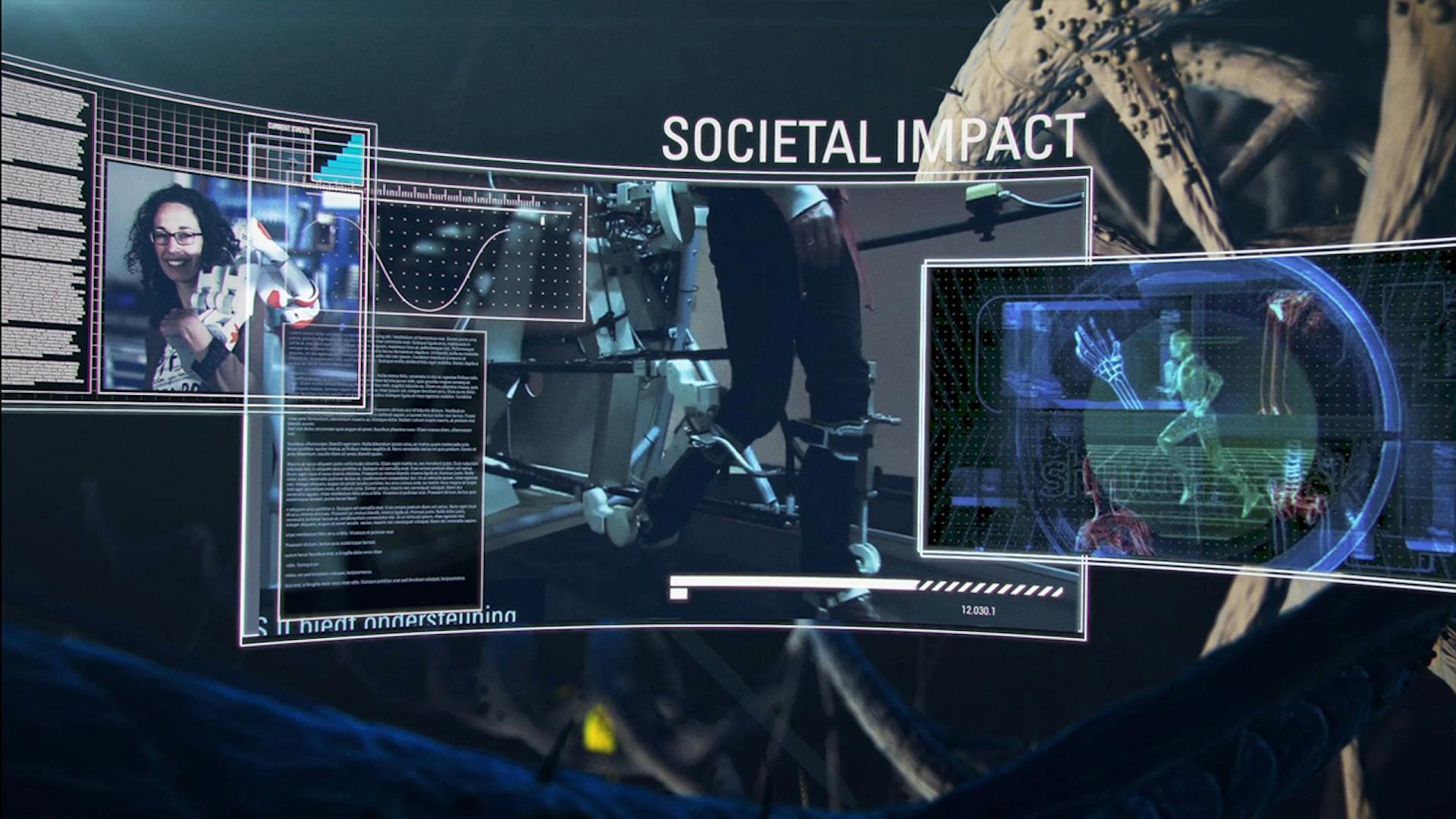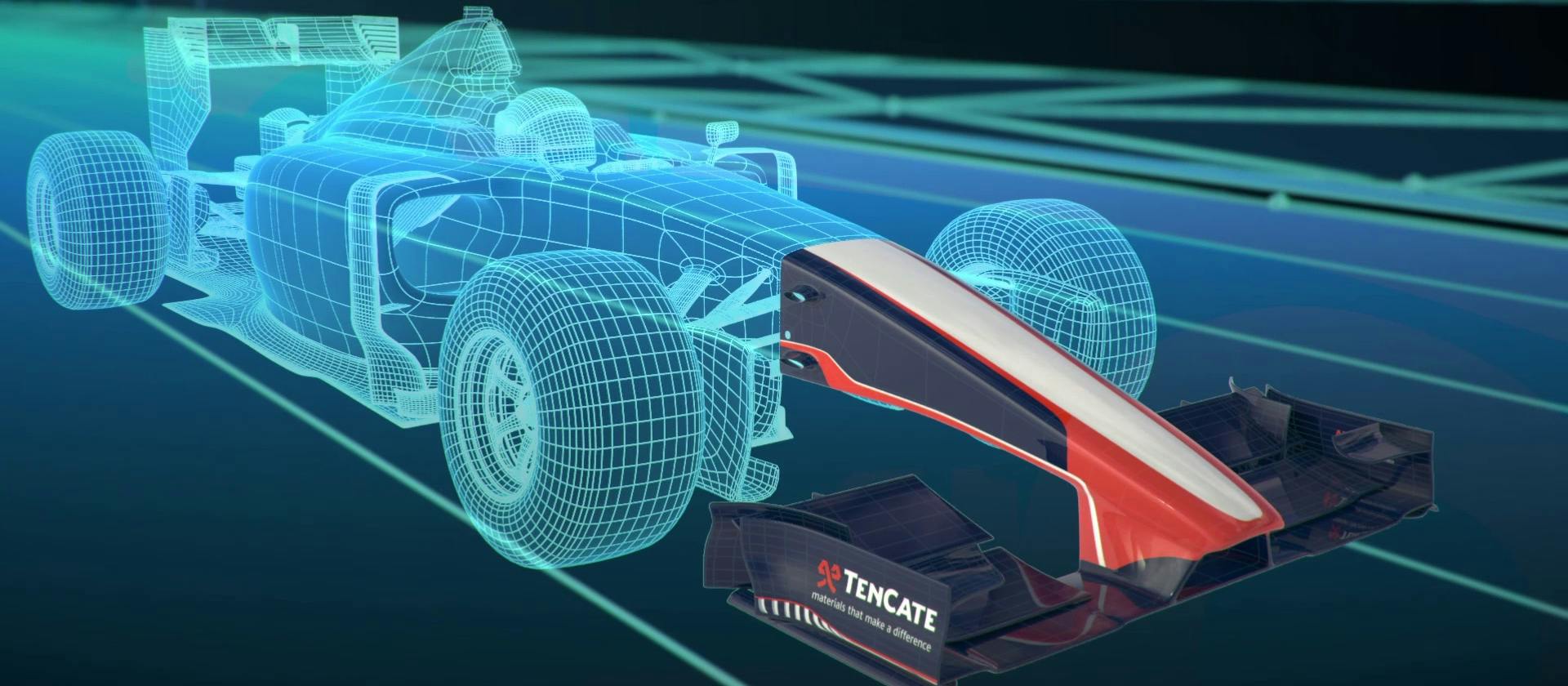A 3D animation can be ideally used to present complex techniques in an understandable and accessible way. We would like to tell you some ways in which you can use a 3D animation to simplify complex techniques.
Request contact
Simplify complex techniques with 3D animation
Visualizing abstract concepts
Some techniques and concepts can be abstract and difficult to visualize. 3D animation can be used to turn these abstract concepts into images, making them easier to understand and communicate.
Showing the operation of technology
With the help of a 3D animation, the operation of technology can be shown in a clear and interactive way. This can help in understanding the different parts of technology and how they work together to achieve a particular goal.

Demonstrating procedures
Some techniques require certain procedures to achieve the desired result. Using a 3D animation, a company can visually demonstrate these procedures, making them easier to understand and mimic.
Reducing human error
By using a 3D animation, complex techniques can be presented in a consistent manner, without human error that can occur when performing the technique manually.
Saving time and costs
By using a 3D animation, a company can save the time and costs associated with training staff on complex techniques. A 3D animation can be played over and over again to train new employees without incurring additional costs.
In short, a 3D animation can help simplify complex techniques by visualizing abstract concepts, showing how technology works, demonstrating procedures, reducing human error, and saving time and costs in training staff.

Related items
Bij akkoord geeft u ons toestemming voor het gebruik van alle cookies op onze website. Wilt u een gebruiksvriendelijke ervaring?


